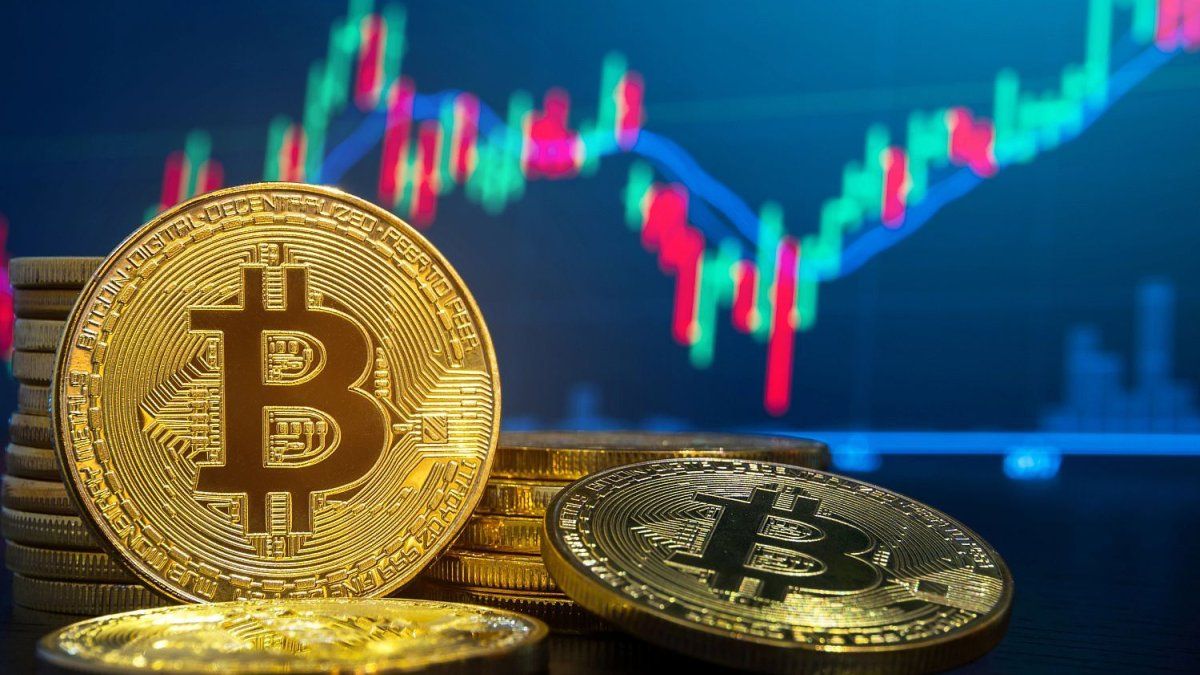The most important stablecoin in the market – whose market valuation exceeds US $ 75,500 million, which makes it the third crypto with the highest value behind Bitcoin and Ethereum- is USDT, issued by the company Tether, whose guarantee is mostly United States government bonds, corporate bonds and dollars themselves, which validate each unit of USDT that circulates for the market.
A similar mechanism applies to USDC, the second largest stable coin in the market with a market capitalization of $50,000 million issued by the company Circle and that has, for each unit in circulation, one dollar deposited in a bank in the United States, backing that is controlled by external auditors at the company, according to the company.
Another is the case of DAI, one of the first stablecoins “decentralized” created in 2017, which is backed by a basket of more than 20 cryptocurrencies -Ethereum, USDC and Bitcoin, among others- that ensure that, in no case, the circulating value of DAI is greater than 150% of the value of the basket of cryptocurrencies that supports it.
The key to the stability of the DAI system (16th crypto with the largest market capitalization: US$ 6.5 billion) is precisely over-collateralization: anyone can issue DAI, as long as they leave an amount of crypto as backup that is of at least 150% of the issued DAI value.
In the event that the backing falls below the threshold of 150% committed at the time of issuance, the protocol that manages DAI sells that crypto for DAI on the market, destroys the units purchased, and thus ensures that the amount of DAI in circulation have support.
Finally, the case of UST, the “stable” cryptocurrency that lost its parity a few days ago and today trades around US$0.20 per dollar, is an exponent of the case of algorithmic ones, generally backed by another cryptocurrency with a variable price. .
UST had a system whereby when they issued new units at the same time, LUNA was burned -Terra’s native token, the blockchain on which both ran-, an arbitration mechanism that it did when someone wanted to sell 1 UST It will be paid with 1 dollar in LUNA.
The additional problem of this crypto is that about 80% of the UST issue was deposited in Anchor Protocol, a kind of bank that paid an annual interest of 19.6% per year to whoever deposited their UST there, income that came from loans that were taken and subsidized by the protocol itself.
“Many people put large amounts of savings to yield 20% per year as they did not want to have the “crypto volatility risk”, but something stable and safe. Few understood the risks,” said Pablo Sabbatelladirector and founder of Defy Education, on his Twitter account.
“In the event of a market crash like the one we saw this week combined with selling pressure from UST, it would generate that, in order to maintain the peg 1 to 1 with the dollar, they would start issuing more Luna tokens (to be able to pay 1 dollar in Luna for each UST),” he added.
This caused UST, the backup mechanism, to enter a self-destructive spiral by causing the price of LUNA to fall further, as a result of the strong emission, which meant that more and more LUNAS had to be delivered for each UST that wanted to be sold and This will further push the price down.
The consequence of this scheme led to the loss of nearly US$45 billion between LUNA and UST in the last week and almost US$300,000 in the entire crypto market, amid a widespread panic that led to the massive sale of these assets. .
Source: Ambito
David William is a talented author who has made a name for himself in the world of writing. He is a professional author who writes on a wide range of topics, from general interest to opinion news. David is currently working as a writer at 24 hours worlds where he brings his unique perspective and in-depth research to his articles, making them both informative and engaging.




